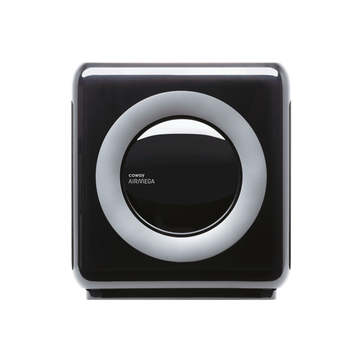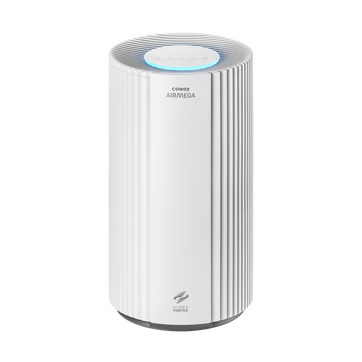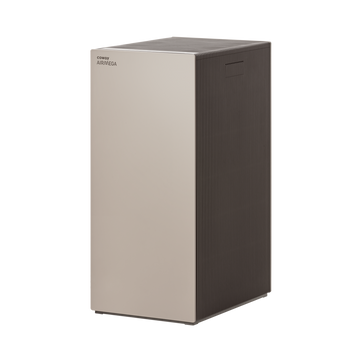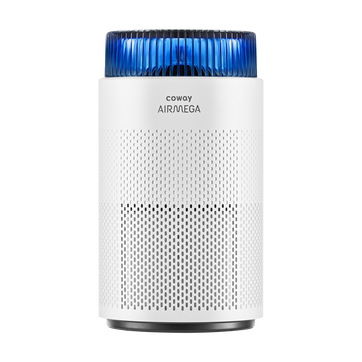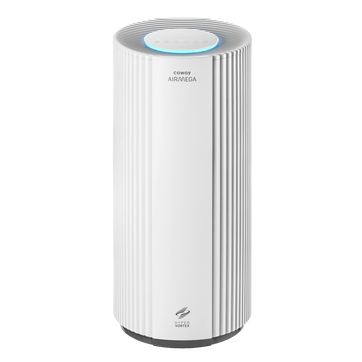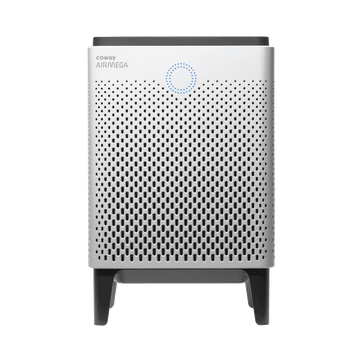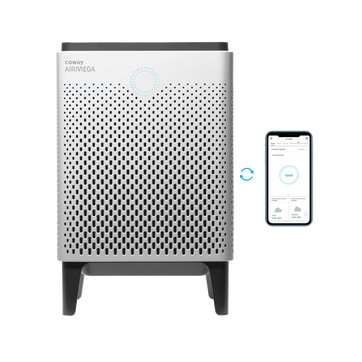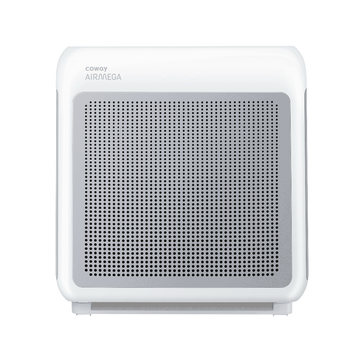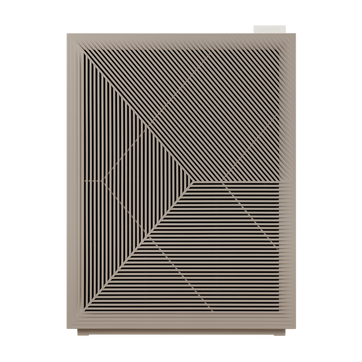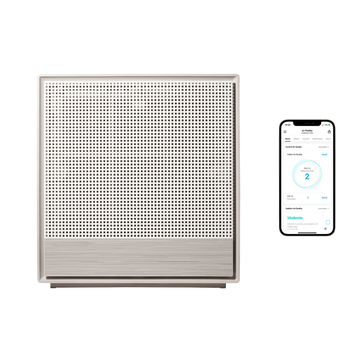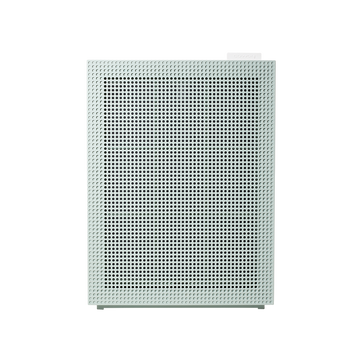
How safe is your tap water, really?
The water crisis in Flint, Michigan shattered a major assumption we may make about our tap water—that it is always safe to drink. Water systems are supposed to meet the minimum guidelines for safety outlined in the Safe Drinking Water Act (SDWA), passed in 1974, but we’re left with the question: Is unfiltered tap water detrimental to your health?
As it turns out, it can be. A new study, published in the Proceedings of the National Academy of Sciences, shows that nearly 21 million Americans may have been exposed to unsafe drinking water that violated health codes in 2015, alone. The study further found water-safety violations in every state across the continental United States.
What does that mean for your city, town or neighborhood? You can start by finding the most common contaminants in your area with a simple zip-code search on the Environmental Working Group (EWG) website.
There are a number of threats to drinking water, including pesticides and chemicals. The Environmental Protection Agency, which is charged with enforcing the standards outlined in the SDWA, added a new culprit to its water purity guidelines. The chemicals that utilities use to disinfect water, such as chlorine, can interact with organic matter in the water to create new, unhealthy compounds: trihalomethanes. Following the lead crisis in Flint, these chemical byproducts were found in the local water after it was treated to reduce the presence of bacteria such as E. coli. Still, lead dominated the headlines.
The side effects of water contamination can range from respiratory illness and skin infections to acute gastrointestinal illness, which affects millions of Americans each year. Infants, children, pregnant women and the elderly are particularly susceptible. The side effects of lead poisoning—including neurological damage—are especially pernicious.
Protecting yourself and your family means finding a robust water filtration system. With its triple-filtration technology, Coway Aquamega can eliminate up to 99.9 percent of contaminants, including chlorine, chloramine, mercury, parasite cyst, turbidity and volatile organic chemicals (VOCs)—and it reduces lead, specifically, by 99.8 percent.
Disclaimers
1Coway air purifiers have been proven to trap dust, pollen, dander, viruses and bacteria in the air based on KCL (Korea Conformity Laboratories) testing.They have been tested in a 30㎥ size chamber according to the Korea Air Cleaning Association standard (SPS-KACA 002-132:2022 Modified) to measure the 0.01㎛ size of particle removal rate. It was tested on maximum airflow speed in normal room temperature and humidity conditions. The performance may vary in the actual living environment of customers.
→ Tested with Airmega Aim, 50, 100, 150, 160, Tower AP-1216L, Mighty AP-1512HH, MightyS AP-1512HHS, 200M, Icon, IconS, 230, 240, 250, 250 Art, 250S, 300, 300S, 350, 400, 400S, 450, ProX
299.97% of viruses, bacteria, fungi and pollen were verified to be removed from the air for Coway air purifiers which have Green True HEPA™ filter applied based on the Japan Food Research Laboratories(JFRL) testing according to JEM 1467 standard.
→ Tested with Coway Airmega Mighty AP-1512HH, MightyS AP-1512HHS, 250, 250 Art, 250S, 300, 300S, 400, 400S
→ All tested by JFRL and received above result within below time.
4The concentration of ammonia, acetaldehyde and acetic acid were proven to be removed within 30 minutes by FCG Research Institute, Inc. Human Life Science Lab. It is not a demonstration result in the actual use space. Not all odors and gases may be supported. → Tested with Coway Airmega 150, 160, Mighty AP-1512HH, MightyS AP-1512HHS, 400, 400S
5The coverage area of the air purifier is based on an area where the air cleaner can make two air changes per hour (ACPH). An air change per hour translates to how many times an air purifier can clean an area, assuming the height of a ceiling to be 8 ft, in one hour. Therefore ** means two air changes per hour means that the cleaner can clean the area once every 30 minutes and * means air changes per hour means that the air purifier can clean the area once every 60 minutes.
10Terms and conditions apply. Discounts, including promotions, coupons, bundle discount and subscription discount, cannot be stacked on top of other coupons. During promotional periods, discount codes will not be able to be applied to orders. Promo codes may apply to products only—filters, accessories, and new products within 3 months of the release date are not included.
11Based on Coway R&D internal laboratory testing, activated carbon filtration was shown to remove up to 95% of ammonia odors within 40 minutes, and up to 99% of fecal odors within 20 minutes. Actual performance may vary depending on usage conditions.

